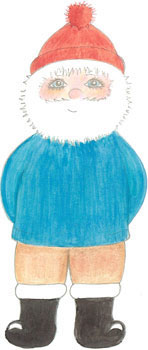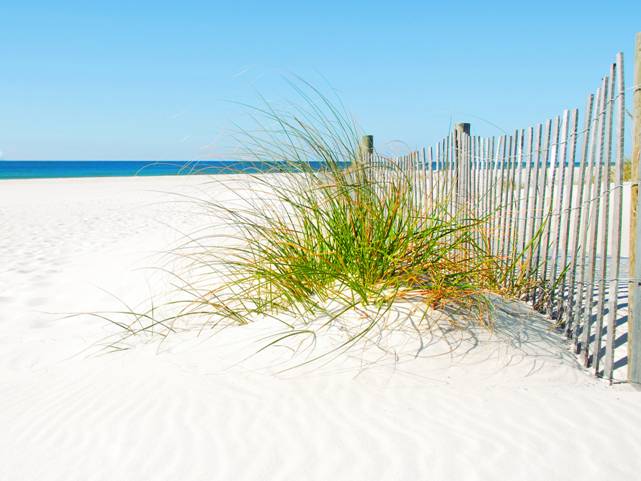
Salty Sam’s Fun Blog for Children
Number 556
Greenhouse Gardening
Hello Everyone  At this time of year, the summer tourists are drifting away from Rocky Bay.
At this time of year, the summer tourists are drifting away from Rocky Bay.
Auntie Alice does a roaring trade supplying local establishments like the Rocky Bay Tea Rooms and the Rocky Bay Café with fruit and vegetables for their menus, and flowers for their tables.
But as the winter looms ahead, her garden needs to be tidied up and put to bed.
There are lots of jobs to be done, so Captain Jack and l took Bill, Bob, Emily and Henry round to Rose Cottage last weekend to lend a hand.
Many hands make light work!
A really important job was to clean her two greenhouses.
Greenhouses need to be kept very clean so that pests and diseases don’t take over the plants in there.
There also needs to be good air circulation to help prevent fungal disease.
lt was a good time of year to clean a greenhouse because it was warm enough to take all the plants from inside and leave them outside for the whole day.
Then we had a chance to clean everything inside properly.
Some plants are at the end of their season and could be cleared out altogether. Dried up plants can be put on the compost heap – but you may want to bin leaves that look like they aren’t too healthy! They might be diseased.
Auntie Alice took the last of the tomatoes out and took them to the kitchen. The green ones she will leave to ripen on the windowsill and the red ones she will make into a sauce to freeze.
lt can be used on pasta or pizza. Yum, yum!
Greenhouses (sometimes also called glasshouses) are very useful things to have in the garden. lf you heat them, the cost of fuel can be quite high, but even unheated they can save your tender plants from being nipped by frost when you store them in there over the winter.
Solar panels can be used to heat outbuilding nowadays. A heated greenhouse will allow you to grow so much more inside in the winter.
All greenhouses help to extend the growing season – even really little ones. That means that you can start growing seedlings in there up to two months earlier than outside in the soil and get them off to a good start.
And then in the autumn, when the first frosts come, you can still be cropping fruits from plants in the greenhouse that will be unaffected by the cold weather.
Then crops can actually be grown through the winter too!
You can grow lots of different salad leaf crops that look similar to lettuce leaves, and also kale, spinach, chard, beetroot, carrots, radishes and herbs too.
You can even grow potatoes for your Christmas dinner, but in the summer potatoes are a hardy crop and best grown outside – there is no need for them to take up valuable space in the greenhouse where you could be growing cucumbers or peppers in there.
lt is important to position a greenhouse in a place in the garden so that is gets a lot of light – especially in the winter. This will mostly come from the south and the west (in the Northern Hemisphere). But it is most important to shelter it from strong winds that can rip at the panes of glass – especially in the autumn and winter storms.
lt is also important to not put a greenhouse in a hollow where the frost collects because this will be a very cold place. A place like this is called a frost pocket.
Sometimes greenhouses have a floor that is just the ground that the greenhouse was put up on and this can be used to grow crops in.
But a lot of people prefer to have a solid concrete or paving slab base to erect the greenhouse onto and grow all their plants in pots or grow bags – then they will be using clean compost all the time and this will ensure that they will have fewer problems with pests and diseases.
They also won’t have to weed the floor!
lnside the greenhouse, a lot of people put wide shelves up to use as a kind of counter top to work on and space to keep lots of plants in pots off the floor. These shelves are called staging.
lnside a greenhouse you can grow five or six crops a year instead of one or two outside. That is a big difference.
lf you start your seedlings off in a greenhouse – or even on a kitchen windowsill they must be hardened off for a couple of weeks in a cold frame before they are completely exposed to the weather in springtime. That means that they are protected from cold at night, but in the sunshine in the morning and middle of the day they are out in the air.
The last frosts are usually gone by the end of May.
Ventilation is very important inside a greenhouse, otherwise on a hot day in spring or summer your poor, little plants may feel like they are being cooked!
Greenhouses have vents (little windows) in their roof and because hot air rises, this is a good place for it to escape. Cooler air can come in through the door or side vents positioned in the walls.
On a really hot day, some people throw water on the floor of the greenhouse to create humidity and cool the air. This can be quickly done with a hosepipe. This action is called damping down.
On a hot summer’s day the air inside a greenhouse can be stifling, but the same temperature as outside at night so ventilation helps to stop huge fluctuations (differences) in temperature between the day time and the night time.
Fungal diseases will thrive in damp conditions and stagnant air; so ventilation is crucial (very important) in a greenhouse.
You need to take the lids off seed trays once your little seedlings start showing their heads above ground level too.
Nowadays, you can get very clever gadgets (they look like metal bars) that you can attach to greenhouse air vents and these will automatically open and close the vents according to how hot the greenhouse is getting inside.
You can also get automatic watering systems too and this kind of help is very useful to people who have to be out to work all day or simply have a lot of other important things they have to do like taking their children to school.
Watering of plants should be done in the morning so that they are not too wet when the night comes – especially in the winter and spring when the nights can be very cold.
Plants don’t like being watered with very cold water either.
You can use water from a rain butt on your plants, but it is better to use tap water on little seedlings because you know it is very clean water to use on these very delicate plants.
You only need to water plants in a greenhouse once a week in early spring and late autumn, but two or three times a week in the summer, depending how hot it is. When the weather is baking hot, you may need to water two or three times a day!
The higher the heat the plants are exposed to, the higher their water uptake.
A lot of fruit and vegetables (tomatoes are a prime example) like to be watered everyday. lf they are drenched occasionally, the fruits will split.
To keep the greenhouse cooler in a really hot spell in the summer, some people paint some of the panes of glass facing the sun with special paint called shading paint.
Auntie Alice needed to have her shading paint washed off her greenhouses so l scrubbed it off and Bill and Bob took it in turns to rinse the greenhouses down with a pressure washer afterwards. That was fun!
Emily is very well organised nowadays, not like she used to be, and sorted out seeds into packets and labelled them carefully and put plant labels into boxes to be stored away over the winter.
Seeds should not be stored in a greenhouse. They need to be put in a cool, dry, dark place. Auntie Alice puts all she can in her fridge, and the rest get stored in drawers.
When the children and l plant tree seeds, the pots can be left out over winter. The seeds need to be cold over winter and will start growing in the warmth of the spring. This overwintering of seeds in the cold is called vernalization.
Henry put himself in charge of looking for snails and collecting them in a bucket. He amused himself for hours with that little job!
When the greenhouses were clean on the outside, we took all the plants out and washed the inside down with soapy water and disinfectant.
Then we washed lots of pots as well.
l have to tell you that this job turned into a soap suds fight and the children got nearly as wet as the pots.
We had a lot of fun.
Luckily it was a warm, sunny day.
Then the children had to go inside to dry off and l got told off for letting them get so wet!
Captain Jack and l put everything away before we went home.
But before the end of the day everyone had a supper of home-made pizza.
Yum, yum!
Bye bye everyone – don’t forget to subscribe to my blog!
Love and kisses
Salty Sam

www.christina-sinclair.com


Bill and Bob’s Joke of the Week![]()
![]()
Bill: Do you think after all this work we’ve done for Auntie Alice she might pay us in vegetables?
Bob: Well, that would be a weird celery!

Salty Sam © Christina Sinclair 2015
Unauthorized use and/or duplication of material from this blog without express and written permission from this blog’s author and owner is strictly prohibited.
Links may be used to www.christina-sinclair.com

Picture Gallery

An agricultural greenhouse

Staging

A Victorian-style green house with brick walls
is a really good design of greenhouse
Bricks retain heat from the sun during the day
to keep plants warm on chilly nights
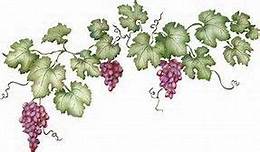
Tender plants like this grape vine
can be protected from harsh winters inside a greenhouse
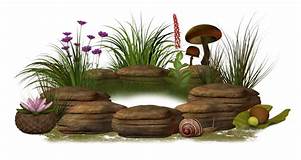
Frogs living in a garden pond can help control pest like slugs

Tomatoes growing on their vine
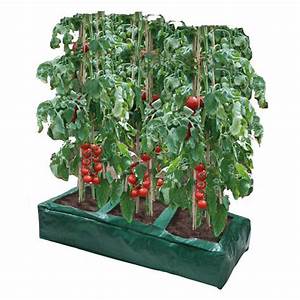
A growbag
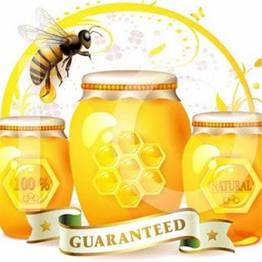


 THE SALTY SAM NEWS DESK
THE SALTY SAM NEWS DESK

Do you know what street furniture is?
It is not like garden furniture.
It means street lights and post boxes and traffic lights and street signs and things like that. You will see street furniture in big cities, but also in small villages too.
After all, if you are walking along the street you may want to cross the road safely, see where you are going in the dark or find the name of a street, and you will need assistance from street furniture to do these things.
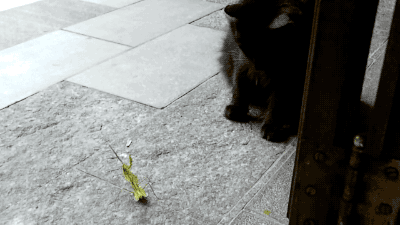
Rocky Bay is a tourist destination.
People come here by car, train and bus.
They could even come here by plane or boat. If they go to the campsite behind Sandy Cove, they may even arrive in some sort of mobile home they can live in for the duration of their holiday.
There is a lot of colour and decoration in the streets of Rocky Bay in the summertime – and at Christmas as well actually.
But one thing that has for the most part remained quite ordinary and might I say even a bit boring has been the street furniture.
The mayor of Rocky Bay had an idea quite recently to change that.
He has just announced that he is launching a competition.
He wants people to design interesting, seaside-themed bus stops and bus shelters.
Any adult or even child can enter with a drawing that he will judge.
The best designs will be made into a reality by next summer.

People will hopefully be amazed at the results when they arrive here next holiday season!


*********************
*********************

 Quick Quiz
Quick Quiz
Can you think of words that begin with…?
G – a fruit that makes wine
R – ready to harvest
E – used to send a letter of store seeds
E – used to power indoor light
N – Mother N _ _ _ _ _
H – transports water to the garden
O – vegetable that makes you cry
U – keeps the sun off you – and the rain
S – can be used as shelves or tables in a greenhouse
E – little people that can live in the garden

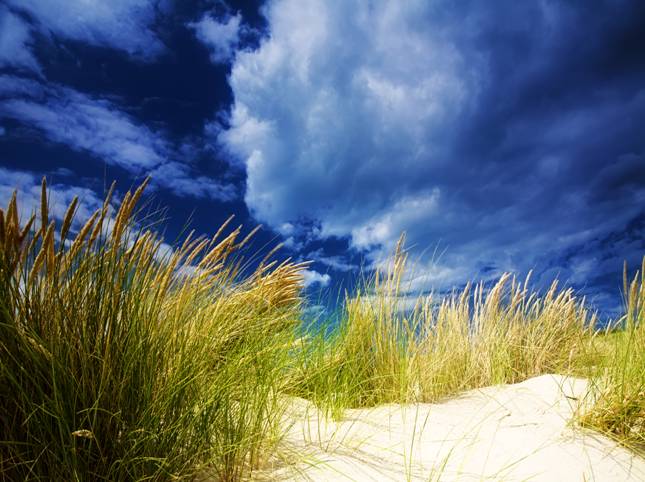


lt’s the Weekend!
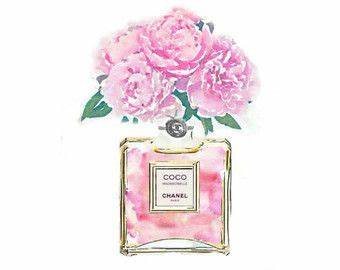
HOW TO MAKE A BOTTLE VASE
Have you ever had a glass bottle or jar that had an interesting shape and didn’t know what to use it for?
What about a vase?
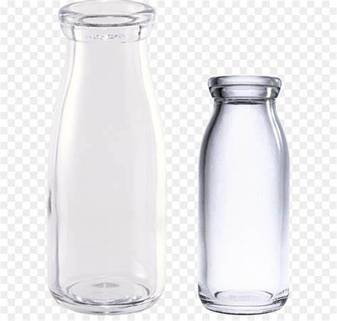
Even bottles with small necks can be used for a few flowers with thin stems.
To make them even more interesting, you can put stickers on them or glue on a paper picture or a few on the front.

Or you can slosh paint around the inside and then let them drain upside-down – use a funnel prepared out of paper or card to make sure the paint is put on the inside only.
Using these methods, you can make sure your vase – or maybe storage pots match your bedroom exactly.
If your paint will not stick to glass, mix some PVA glue with it, or use glass paint to make sure of a good result.
You could paint the inside of the jar to create a coloured background and then stick pictures on the outside.
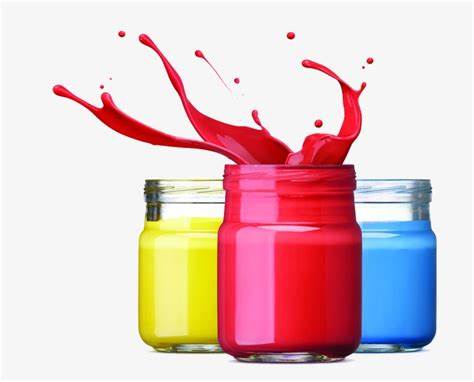
Please note that the material on this blog is for personal use and for use in classrooms only.
It is a copyright infringement and, therefore, illegal under international law to sell items made with these patterns.
Use of the toys and projects is at your own risk.
©Christina Sinclair Designs 2015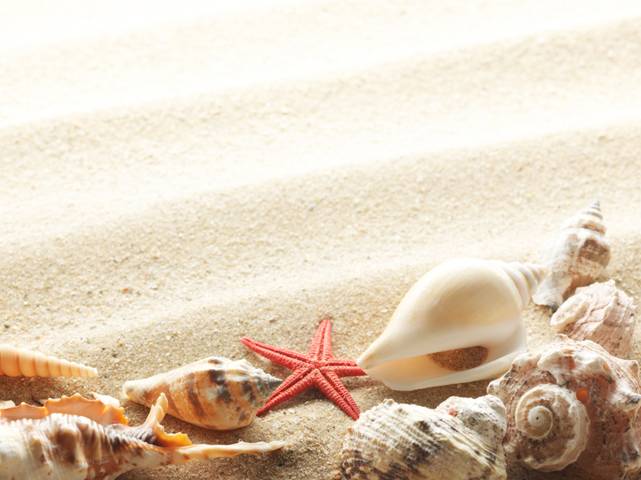


Quick Quiz Answers
G – a fruit that makes wine – grapes
R – ready to harvest – ripe
E – used to send a letter of store seeds – envelope
E – used to power indoor light – electricity
N – Mother – Nature
H – transports water to the garden – hosepipe
O – vegetable that makes you cry – onion
U – keeps the sun off you – and the rain – umbrella
S – can be used as shelves or tables in a greenhouse – staging
E – little people that can live in the garden – elves



